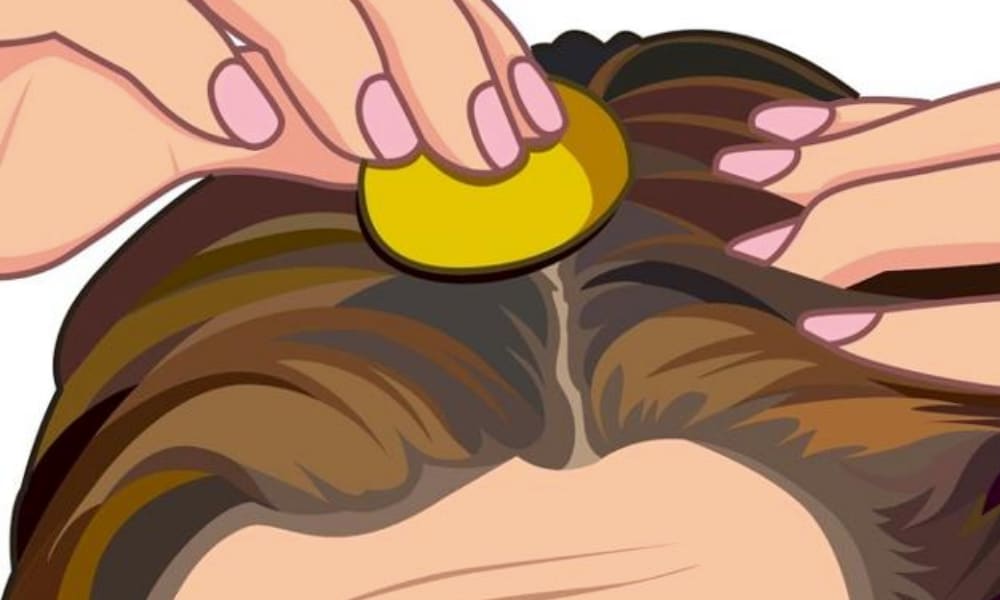How Hair Dryers Work and How to Use Them for Styling
A hair dryer is a common household appliance that speeds up evaporation to dry hair and supports various styling techniques. Understanding how a hair dryer delivers heat and airflow, and how those elements interact with hair structure, helps you choose and use a model that fits your haircare goals. This article explains basic operation, styling methods, heat management, appliance selection, and compares several widely available products.

What is a hair dryer and how does it work?
A hair dryer uses an electric motor to draw air over a heating element and blow it through a nozzle. The combination of airflow and elevated temperature accelerates water evaporation from the hair shaft. Modern models may add features such as ionic technology (to reduce static), ceramic or tourmaline elements (for more even heat), and multiple speed or heat settings. Knowing the basic mechanics helps you adjust settings to balance drying speed with hair protection.
How to use a hair dryer for effective haircare
Effective haircare with a hair dryer starts with preparing wet hair: gently towel-dry to remove excess water, apply appropriate leave-in products (heat protectants or conditioning serums), and use the dryer at lower heat to reduce damage. Aim to dry from roots to ends to avoid concentrating heat in one spot. Keep the dryer moving and maintain a safe distance (about 6–8 inches) from hair. Finish with a cool shot to close the cuticle and add shine.
Which styling techniques work with hair dryers?
Styling with a hair dryer can range from quick drying to sculpted blowouts. Use a round brush to smooth and add volume, or a paddle brush for straight results. Diffusers are useful for enhancing natural curls without disrupting pattern or adding frizz. For textured looks, combine a concentrated nozzle with directional airflow and sectioning. Heat control and brush choice influence the final shape, so practice on small sections to refine timing and tension for the desired effect.
Choosing the right appliance for your hair type
Select an appliance based on hair thickness, porosity, and typical styling needs. Lower wattage with gentle heat can suit fine or damaged hair, while higher wattage models dry thick hair faster. Ceramic or tourmaline elements provide more even heat distribution and are often recommended for color-treated hair. Ionic dryers can help reduce frizz in coarse or frizzy hair. Also consider weight and ergonomics if you use a dryer regularly, and look for accessories such as diffusers and concentrator nozzles.
How does heat affect hair and how to protect it?
Heat affects the hair’s moisture content and protein structure; repeated high heat can cause dryness, split ends, and weakened strands. To protect hair when using a dryer, choose lower heat settings, shorten exposure time by using higher airflow rather than maximum heat, and add heat-protectant products with thermal defense ingredients. Regular trims and conditioning treatments help manage prior heat damage. Balancing styling needs with gentle techniques preserves hair integrity over time.
| Product/Service Name | Provider | Key Features | Cost Estimation |
|---|---|---|---|
| Supersonic Hair Dryer | Dyson | Fast drying with intelligent heat control; multiple attachments | $300–$430 |
| One-Step Hair Dryer & Volumizer | Revlon | Hot-air brush for drying and smoothing in one step | $50–$80 |
| Nano Titanium Hair Dryer (e.g., BaBylissPRO) | BaBylissPRO | High heat and airflow; lightweight; durable motor | $60–$120 |
| 1875W Tourmaline Hair Dryer | Conair | Affordable, tourmaline-infused for reduced frizz | $20–$40 |
| Cura Luxe Hair Dryer | T3 | Even heat distribution, multiple heat/speed settings | $180–$250 |
Prices, rates, or cost estimates mentioned in this article are based on the latest available information but may change over time. Independent research is advised before making financial decisions.
In summary, hair dryers are versatile appliances that combine airflow and heat to dry and shape hair. Choosing the right model and using appropriate techniques—such as heat protection, lower temperature settings, and proper brush work—can improve styling results while limiting damage. Regular haircare routines, mindful heat use, and occasional professional advice will help maintain hair health alongside routine drying and styling.





